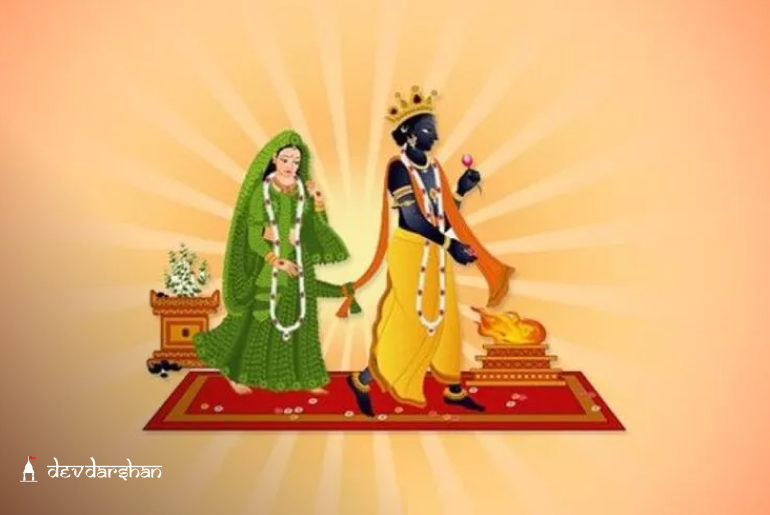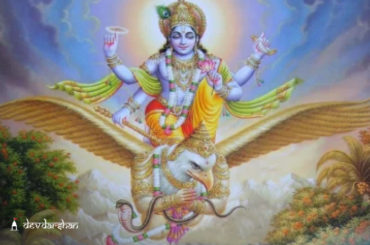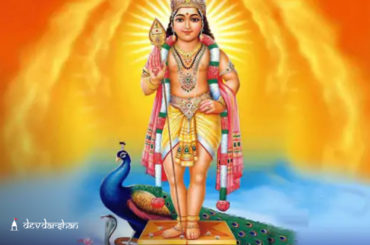The festival of Tulsi Vivah 2023 is celebrated with great pomp, show and devotion in India. There is an age-old tradition of celebrating the festival of Tulsi Vivah on the day of Devuthani Ekadashi, after the five-day-long festival of Diwali. On this day Chaturmas ends and Lord Vishnu wakes up from his long sleep of four months. From this day all the auspicious work can be started. On the day of Tulsi Vivah, there is a tradition of getting Shaligram, the form of Lord Vishnu, to be married to Maa Tulsi. Let’s get to know in detail about the festival, its rituals, legend and importance.
When is Tulsi Vivah 2023?
In the year 2023, Tulsi Vivah will be celebrated on Friday, November 24.
- Dwadashi Tithi Starts: 09:01 p.m on November 23, 2023
- Dwadashi Tithi Ends: 07:06 p.m on November 24, 2023
Significance of Tulsi Vivah
The Tulsi Vivah is a Hindu festival that celebrates the marriage of the Hindu deity Vishnu to the Tulsi plant. The festival is typically held in the month of October or November, coinciding with the onset of the wedding season in India. The festival is an important part of Hindu belief and tradition, and it is observed by Hindus all over the world. The Tulsi plant is considered to be a sacred symbol of Vishnu, and the marriage signifies the union of Vishnu and Lakshmi, the goddess of wealth and prosperity.
It is believed that people who get married during this time lead a blissful married life. The festival also marks the beginning of the Hindu New Year, and it is a time for Hindus to reflect on their relationship with God. The festival is a reminder of the importance of devotion in our lives. It also teaches us to respect all forms of life and to protect our environment. The festival is a joyous occasion that reminds us of the importance of loyalty and commitment in our lives.
Do you know: Satyanarayan Vrat Brings Wealth and Prosperity
Tulsi Vivah 2023 Rituals
The rituals of Tulsi Vivah are performed completely as per the Vedic Method. The devotees can get the Puja done by a learned Pandit. The Puja can be performed at home too. First, a tulsi plant is planted in a small pit and is kept on a platform. Then Shaligram i.e. a form of Lord Vishnu is placed on the 2nd platform. A Kalash (metal pot) filled with water is placed near the platforms and mango leaves and coconut are placed on the Kalash. After that, Shaligram and the Tulsi plant are bathed properly before the puja. Before beginning the Tulsi Vivah, a red chunri is offered to Tulsi. Henna and turmeric are applied to its stem.
Shringar is done and then the Vivah commences. An oil or ghee lamp is lit. Then the Devotee performing the Puja should take the Tulsi plant and Shaligram in one hand, the lamp in the other hand and take seven rounds in the puja place. If this puja is performed by a Pandit, then men should perform the havan with Sukta and then circumambulate around the Havan Kund. On completion of the Vivah, aarti of Lord Vishnu and Maa Tulsi is done and then bhog is offered to them. It is considered auspicious to install the Shaligram in the Tulsi plant pot itself or it can be enshrined in a Temple too.
Do you know the importance of Tulsi in Bhog?
Legend Behind Tulsi Vivah
The mythological story behind the tradition of Tulsi Vivah is very interesting. It is believed that there was a demon named Jalandhar who was married to Vrinda, a great devotee of Lord Vishnu. Due to Vrinda’s devotion and dedication, Jalandhar was able to get the power to conquer the Devatas too. Very soon, he started misusing his power and torturing people blatantly. It became very difficult for the Devatas to kill or get rid of Jalandhar. Therefore, they prayed to Lord Vishnu for help. Lord Vishnu took the form of Jalandhar and deceived Vrinda to break her devotion to her husband. Thus, Jalandhar’s power diminished and he was defeated in the war.
When Vrinda got to know about this, she cursed Lord Vishnu to become a piece of rock. Lord Vishnu turned into a rock because of the curse. Then the Devatas asked Vrinda to take back the curse. Vrinda took back her curse but sacrificed herself in Sati with her husband Jalandhar. To uphold the curse of Vrinda, Lord Vishnu manifested himself in the form of ‘Shaligram’. Vrinda appeared in the form of Tulsi. To maintain the purity of Vrinda, the Devatas married Shaligram to Tulsi. Since then this tradition of Tulsi Vivah 2023 has been carried forward.
DevDarshan
Check out various Online Puja and services provided by DevDarshan here and get your bookings done in one click. If you want to know more about Indian culture, Indian Temples, Pujas and festivals, then download the DevDarshan App. Don’t forget to share this blog if you liked it.





